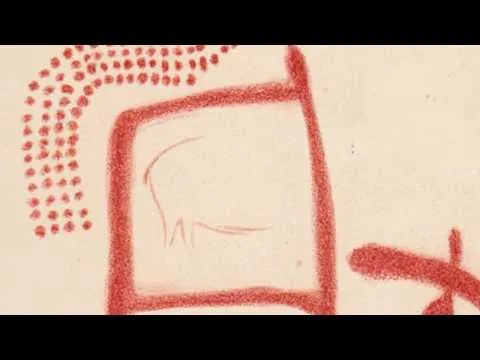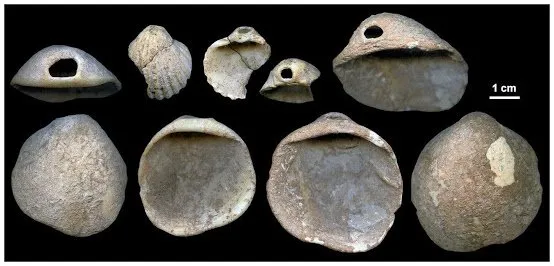Diego Angelucci, geoarchaeologist of the University of Trento, commented on the result achieved with colleagues in an international collaboration, showing that the Neanderthal man, contrary to what was previously thought, was capable of symbolic behavior. In fact, it decorated the cave walls 65,000 years ago, and used shells for ornamental purposes at least 115,000 years ago, ie in ages long before the arrival of Homo sapiens in Europe.
The heart of the research, which is now described in two articles published in "Science" and "Science Advances", is a thorium-uranium radiometric technique, used by Dirk Hoffmann of the Max-Planck-Institute for Evolutionary Biology in Leipzig, Germany , to date with great precision the findings discovered in recent years in various caves in Spain.
Symbolic thought is considered one of the most exquisitely human characteristics, and it was believed to have been born with Homo sapiens , the anatomically modern man. This is told by the ornamental use of perforated marine shells and coloring substances about 70,000 years ago, discovered in Africa, and the production of mobile art and rock art in Europe around 40,000 years ago.
But the recent excavations have begun to change this way of seeing. Already since 2006, excavations conducted in various Spanish paleolithic sites have returned artistic objects of various kinds that testify to the use of pigments. In particular, they were perforated marine shells, colored pigments of red or yellow hues and shells with traces of the preparation of new dyes starting from these pigments. Objects have no practical, but only ornamental, utility, a clear index of a symbolic thought.
In 2010, Hoffmann's group had advanced the hypothesis that those findings could be attributed to Neanderthals and not to Homo sapiens .
But how are we sure?
A pivotal point of reference for paleoanthropologists is that modern humans did not arrive in Europe earlier than 45,000-40,000 years ago. So if the symbolic objects were earlier, they would be attributed to the Neanderthals, but the dating techniques so far were not so precise as to be able to place the findings with certainty before this fateful threshold.
In the article published in "Science" Hoffman and colleagues explain how they have analyzed with the technique of thorium-uranium some cave paintings of the sites of La Pasiega (in Cantabria), Maltravieso (in Extremadura) and Ardales (in Andalusia). Result: date back at least 64,800 years ago, 20,000 years before the advent of sapiens in Europe.
In the study appeared in "Science Advances" , co-signed by Angelucci, it goes even further back in time. The finds are decorated shells discovered in the site of Cueva de los Aviones, near Cartagena, in Murcia: this is 120,000 to 115,000 years ago.
The uranium-thorium dating technique has established that the cave concretion that seals the layers containing the finds dates back to 115,000 years ago. The layers in turn can be dated to around 120,000 years ago. This means that the objects contained in the cave are between 115,000 and 120,000 years old.
Everything therefore suggests that Neanderthals were capable of symbolic thinking and that their cognitive abilities were equivalent to those of Homo sapiens already in times prior to the spread of anatomically modern human beings on the European continent. The prejudice on the cognitive backwardness of Neanderthals, considered long primitive and inferior to our species, is thus debunked.

A short Video From Arstechnica
The appearance of symbolic thought is considered one of the fundamental stages of human evolution: we can recognize it among the archaeological traces thanks to the discovery of objects that are part of the so-called material culture, transmitted from generation to generation, like the findings of the Spanish excavations or as the burials ", explained Angelucci.
"We now know that Neanderthals also possessed cognitive abilities to produce objects with symbolic meaning, and that all this happened over 100,000 years ago," he concluded. "This means that 'advanced' cognitive abilities are not only the prerogative of Homo sapiens , but that they are older and also shared by Neanderthals, and to establish when they have appeared they will need to go back in time, focusing research on the early Neanderthals, or even on the common ancestor from which the Neanderthals and the anatomically modern humans originated ".
References for Further Reading

Big Thanks to @enginewitty for this cool Banner

